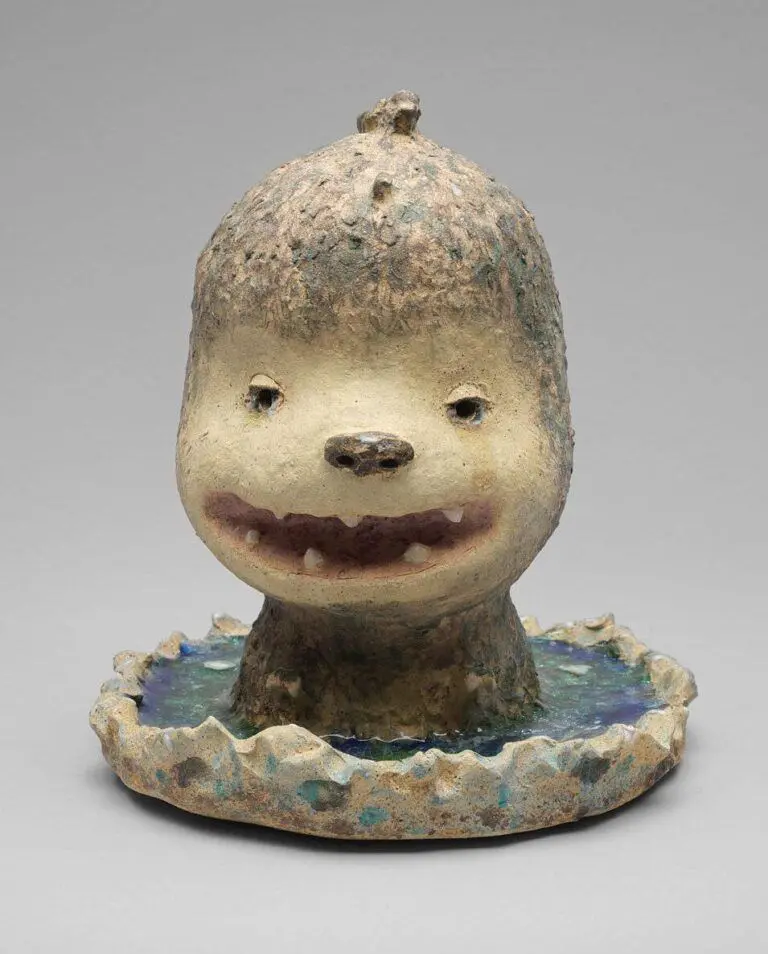Offsite: Christopher K. Ho by Godfre Leung
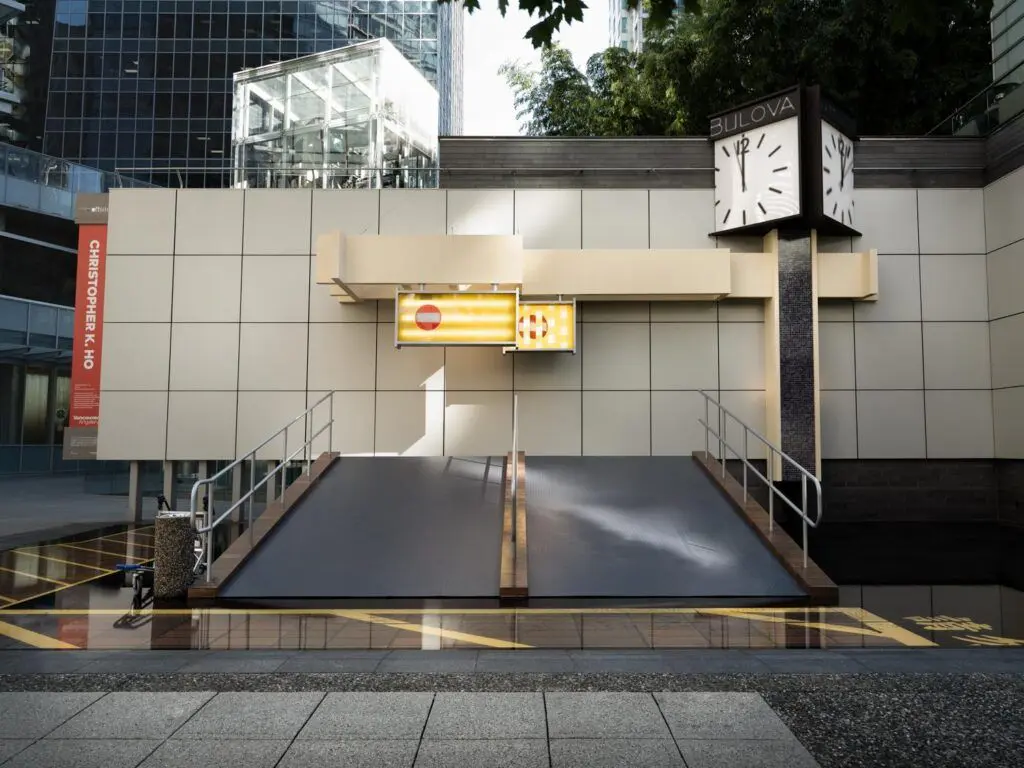
Following the Handover, Hong Kong was designated a Special Administration Region, subject to economic and administrative systems distinct from Mainland China’s. This arrangement, which was given a term of fifty years, is popularly known as “one country, two systems.” In marking the twenty-fifth anniversary of the Handover, CX 889 also reflects on its halfway point.
CX 889 restages familiar sights, hazy and half-remembered, from Hong Kong’s beloved Kai Tak Airport, which closed a year after the Handover. The title refers to the flight code for Cathay Pacific’s recently discontinued daily flight from New York City to Hong Kong with a layover at Vancouver International Airport. Revisiting these ends of eras, CX 889 asks: What is Hong Kong Time, or perhaps better said, what was Hong Kong Time? And, given its theme of international air travel, the installation also ponders: Where now is Hong Kong Time?
Conceived in part as a tribute to the wave of Hong Kong-to-Vancouver immigration between 1989 and 1997, CX 889 explores the emotional residue of diaspora. The installation evokes the disorienting but warm reactivation of familiar sights, sounds and scents after a trans-Pacific flight. In the sensorium of this bleary-eyed unwakefulness, the smell of Hong Kong’s subtropical air and the sticky embrace of its humidity upon approaching the airport’s exit might trigger one’s sense of place just as readily as seeing city landmarks or hearing the staccato of Cantonese speech.
Invoking Kai Tak’s Kowloon Harbour locale, a dreamy pool encircles CX 889’s now-dated 1990s airport artifacts. Nestled at Offsite in the shadow of downtown Vancouver skyscrapers, the installation also recalls the airport’s urban setting. Flights arriving at Kai Tak were memorable for their jolting descent in close proximity to Kowloon’s high-rises, initiated by pilots executing a sharp forty-seven-degree turn upon seeing the checkerboard visual tool installed on Kowloon Tsai Hill. This end-of-flight rousing of drowsy passengers mirrors a transition between states signalled by the installation’s central motif: the iconic double ramps at Kai Tak’s arrivals hall, where Hong Kongers once reunited with their loved ones.
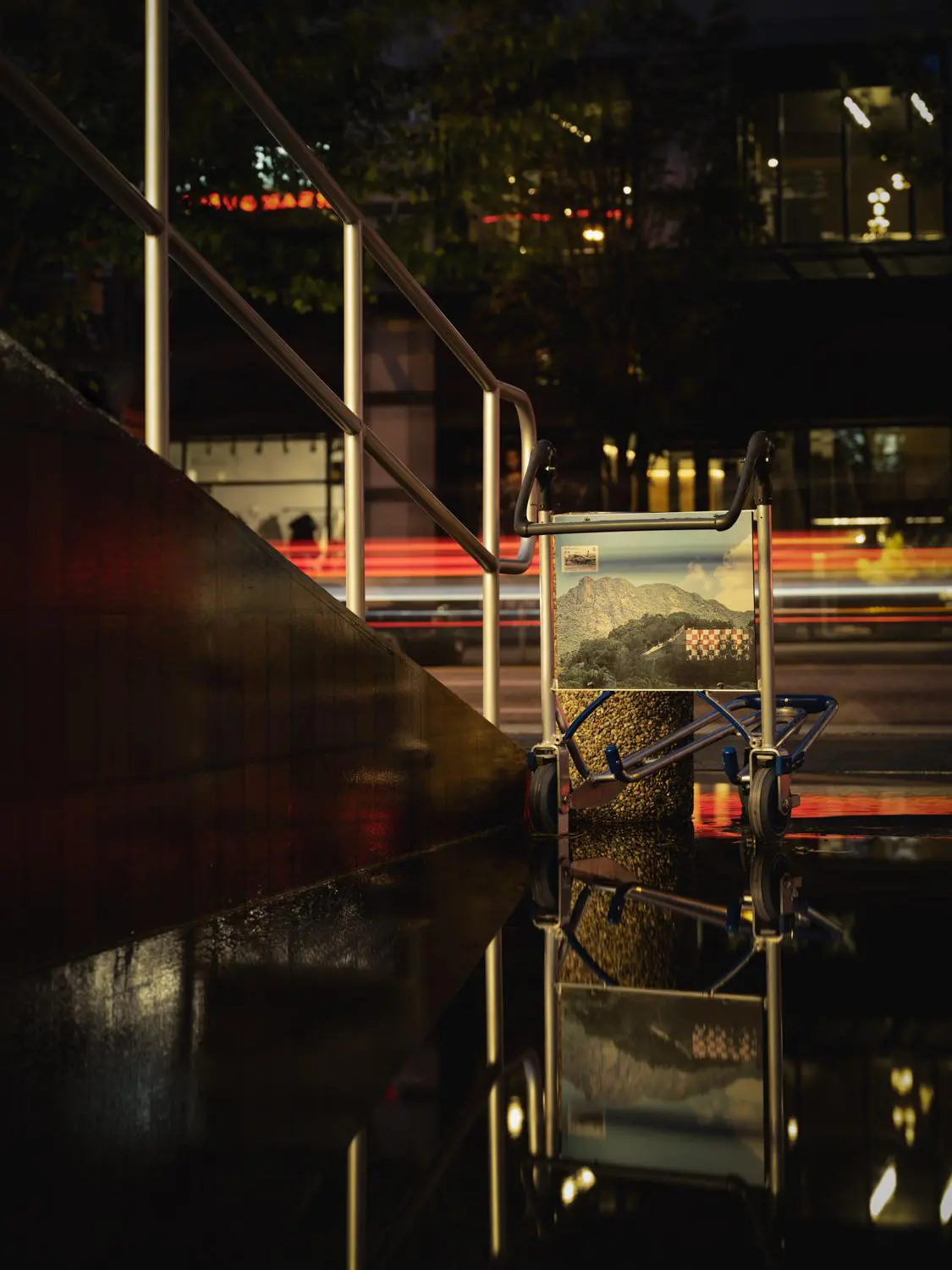

This unwakefulness also informs memories of Vancouver in the 1990s, when mass migration from Hong Kong and the large-scale urban development that coincided with it changed the city and its surrounding municipalities beyond recognition. Accompanying Vancouver’s dramatic growth in the 1990s was a remapping of the city from its previous position as the terminal city of settler-colonialist expansion to a connective transcontinental node—a shift also between the epistemologies of the train station and the airport. In 1997, long-time Hong Kong University literature professor Ackbar Abbas characterized Hong Kong as “a city of transients,” adding that “much of the population was made up of refugees or expatriates who thought of Hong Kong as a temporary stop, no matter how long they stayed.”² In the flight home staged in CX 889, this spirit of transnationality suggests a sense of diaspora beyond the old “model minority” narrative of immigration–settlement–assimilation.
CX 889 is the sequel to Ho’s 2018 exhibition CX 888, held at de Sarthe Gallery in Hong Kong. That earlier project, named after Cathay Pacific’s complementary Hong Kong–Vancouver–New York flight, was conceived in the wake of the 2016 US presidential election, when Ho first contemplated leaving his long-time home of New York for Hong Kong, where he immigrated to the US from as a child and where he now lives and works. Remaking an airplane cabin from portable furniture from big-box stores—two columns of collapsible deckchairs adjusted to recline at the angle of 1980s business-class seats, facing a pair of flatscreens separated by an aisle’s width—CX 888 meditated on the phenomenon of reverse-diaspora. As a pair, the two CX works share a concern not only with the realities and tropologies of Asian mobilities but also with Vancouver as a central yet paradoxically also peripheral site for these mobilities.
As Ho describes: “Passengers disembark late at night between New York, the postwar West’s financial capital, and Hong Kong, the Far East’s, into a holding pen at Vancouver International Airport… They are in limbo, with only a closed Tim Hortons doughnut cart to indicate the country nominally occupied. The no-place of the elusive doughnut hole is perhaps a fitting metaphor.”³
In Vancouver, “Hong Kong” is a loaded term. As Vancouver author Holman Wang wrote in 1998, “The history of the relationship between geography and race has been a history of change.”⁴ For some immigrants this city was temporary, for others an indefinite provisional home, for yet others a planned new home and for many an unexpected permanent home. A flight layover may not be the most likely metaphor for the communities that formed within the commingling of these different desires, but as CX 889 places us—that is, Vancouver—at the bottom of the Kai Tak ramps, in the position of receiving its passengers, it asks us to think multiply about our affiliations and affinities.
CX 889 is a work about two places at the same time, and the formlessness of our experiences, now memories, of this liminality. It unpacks these two places from two other places that they each changed into very quickly, and unfolds them into two places that are and always have been multiple—and that maybe also are not or weren’t really places, in certain senses of that word.
Footnotes:
1. Aihwa Ong, in Dawn Chan, Aihwa Ong and Howie Tsui, “Hong Kong Is a Loaded Term: Megacities, Temporary Cities, Future Cities” (panel discussion, convened by Christopher K. Ho and Godfre Leung, Power Plant, Toronto, May 27, 2021).
2. Ackbar Abbas, Hong Kong: Culture and the Politics of Disappearance (Minneapolis: University of Minnesota Press, 1997), 4.
3. Christopher K. Ho, “Airplanes over the Pacific: Christopher K. Ho in Conversation,” interview by Godfre Leung, Yishu: Journal for Contemporary Chinese Art 18, no. 3 (May/June 2019): 92–93.
4. Holman Wang, “The ‘Monster’ House Revisited: Race and Representations of Urban Change in Vancouver” (MA thesis, University of British Columbia, 1998), 1.
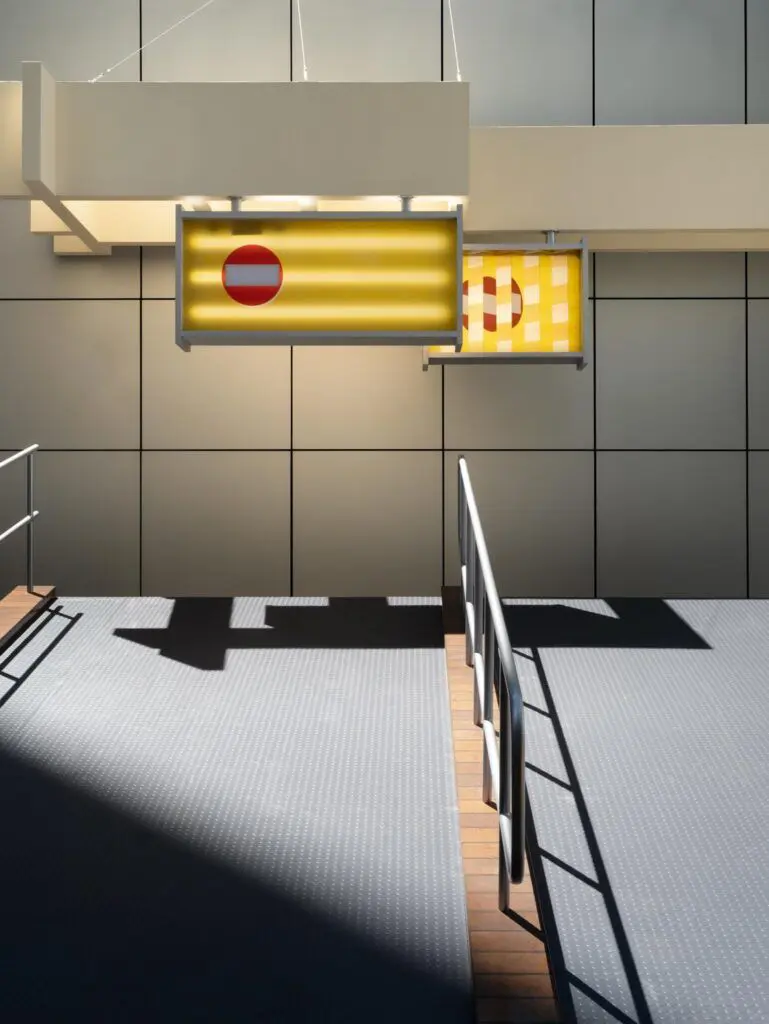
ABOUT THE ARTIST
Christopher K. Ho is a speculative artist based in Hong Kong and New York. His practice encompasses making, organizing, writing and teaching. He is known for materially exquisite objects that draw from lived encounters with otherness and with privilege. Recent solo shows include Marvin ♥ Henry at 56 Henry, Aloha to the World at the Don Ho Terrace at the Bronx Museum and Dear John at the Brooklyn Academy of Music, all in New York City. He has exhibited at Asia Society, Hong Kong; UCCA Center for Contemporary Art, Beijing; Guangdong Times Museum, Guangzhou; Queens Museum, New York; and Hessel Museum of Art, Bard College, Annandale-On-Hudson, NY. The New York Times, Artforum, ArtAsiaPacific, South China Morning Post, ArtReview, Art in America, Modern Painters, Frieze and Yishu: Journal of Contemporary Chinese Art have featured his work. He currently serves as Executive Director of Asia Art Archive, Hong Kong.
ABOUT THE CURATOR
Godfre Leung is a critic and curator. His writing has appeared in ArtAsiaPacific, Art in America, C Magazine and Yishu: Journal of Contemporary Chinese Art, as well as in publications by institutions such as the Museum of Modern Art, New York, and Walker Art Center, Minneapolis. His exhibitions include Pao Houa Her: Emplotment, Or Gallery, Vancouver, 2020; Guesthood and Alienhood: Sun Yung Shin, Jinny Yu, Republic of the Other, Hotam Press Gallery, Vancouver, 2021; and TJ Shin: The Vegetarian, The Bows, Mohkínstsis (Calgary), 2022. In 2021–22, he was the artistic director of The Bows in Mohkínstsis (Calgary), in Treaty 7 territory. He is currently the curator at the Contemporary Art Gallery in Vancouver, the unceded territories of the xʷməθkʷəy̓əm (Musqueam), Sḵwx̱wú7mesh (Squamish) and səl̓ilwətaɁɬ (Tsleil-Waututh) Nations.
Offsite: Christopher K. Ho was organized by the Vancouver Art Gallery on behalf of the City of Vancouver’s Public Art Program and guest curated by Godfre Leung. This exhibition is an initiative of the Vancouver Art Gallery’s Institute of Asian Art. It was presented from June 23 to October 23, 2022.
Offsite is the Vancouver Art Gallery’s outdoor public art space in the heart of the city. Presenting an innovative program of temporary projects, it is a site for local and international contemporary artists to exhibit works related to the surrounding urban context. Featured artists consider the site-specific potential of art within the public realm and respond to the changing social and cultural conditions of our contemporary world.
Since the launch of Offsite in 2009, the Vancouver Art Gallery has presented twenty-three public artworks in the forms of sculpture, multimedia, film, ceramic and photo-based installations.
CURATOR: Godfre Leung, Contemporary Art Gallery, Vancouver
PROJECT MANAGER: Julie Martin, Curatorial Assistant, Vancouver Art Gallery
PRODUCTION: Abaton Projects Ltd.
ARTIST’S STUDIO MANAGER: Kalle Wadzinski
ARTWORK: Christopher K. Ho, CX 889, 2022, installation, Courtesy of the Artist
PHOTOGRAPHY: Joe Kramm
© 2022 Vancouver Art Gallery
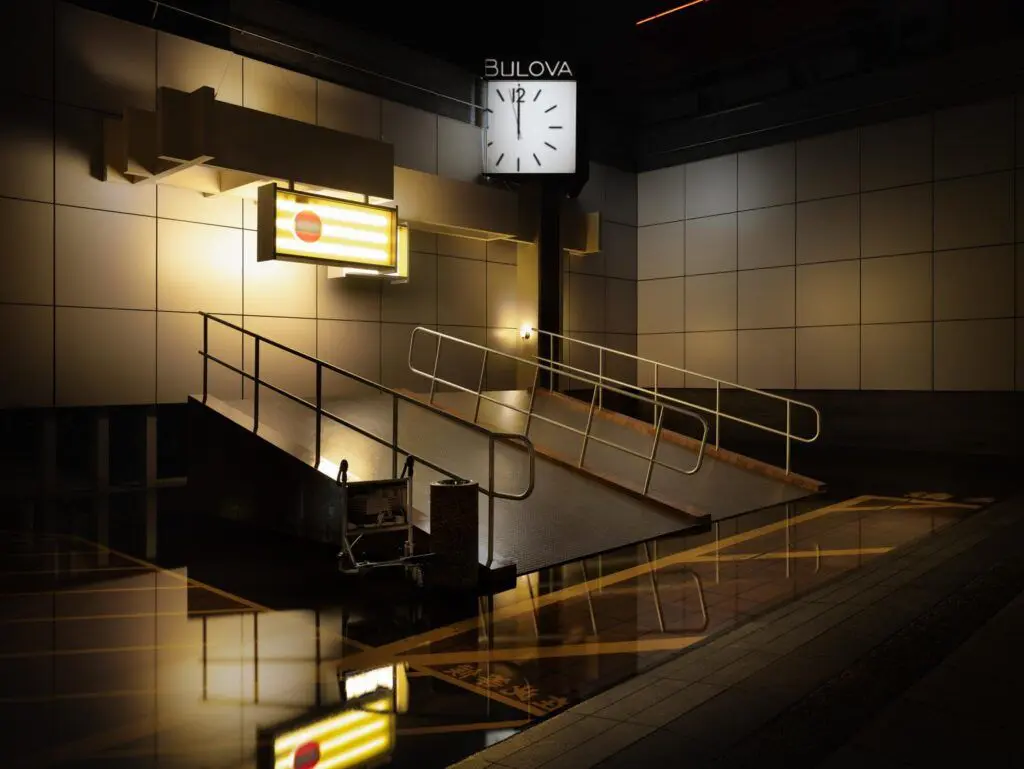

Offsite is organized by the Vancouver Art Gallery on behalf of the City of Vancouver Public Art Program. The Gallery recognizes Ian Gillespie, President, Westbank; Ben Yeung, President, Peterson Investment Group; and the residents of the Shangri-La for their support of this space.
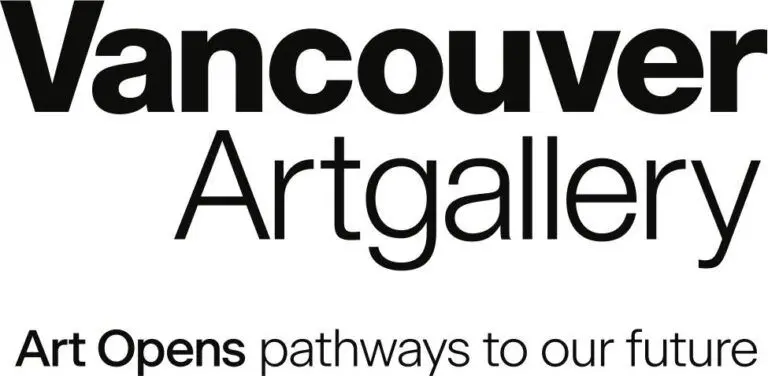
The Vancouver Art Gallery is a not-for-profit organization supported by its members, individual donors, corporate funders, foundations, the City of Vancouver, the Province of British Columbia through the British Columbia Arts Council, and the Canada Council for the Arts.
